From dirt to data: How solar developers can predict and prevent erosion
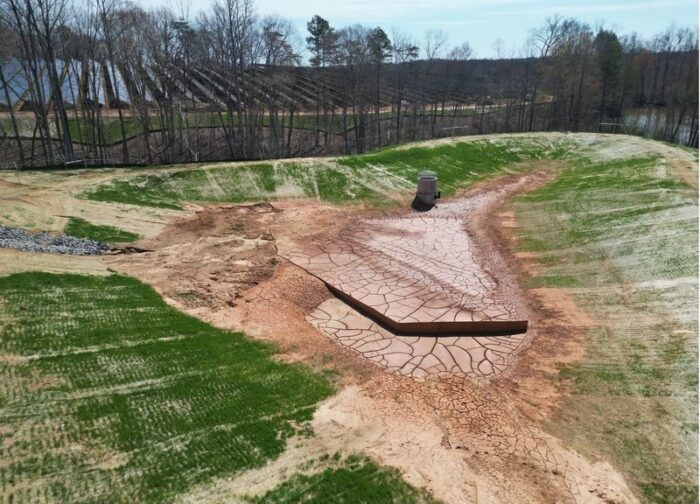
Utility-scale solar sites go through years of planning to secure the right land, permits and partners. But one critical factor is still too often overlooked in the early development stages: the soil. According to GIS-backed research from Profile Products, an agronomic solutions company, nearly half of solar projects face an increased risk for soil health issues and nearly one third are at-risk for increased erosion, which can lead to environmental issues, project delays and fines.
To address these challenges, more project teams are embracing early collaboration among all stakeholders through the “three Ps” of planning: prediction, prevention, and prescription. By predicting environmental risks like erosion or poor soil health using GIS modeling, preventing those risks through informed design, and prescribing site-specific best management practices, developers and EPCs are building projects that perform better.
With this approach, many solar sites are producing better environmental outcomes, experience fewer regulatory setbacks and deliver cost-effective solutions.
Prediction: Understand the risks before they become problems
Erosion issues and soil health challenges can be difficult to diagnose on a site because they often remain invisible until construction is underway. At that point, it can be too late. But with predictive modeling and soil testing, these issues come into focus.
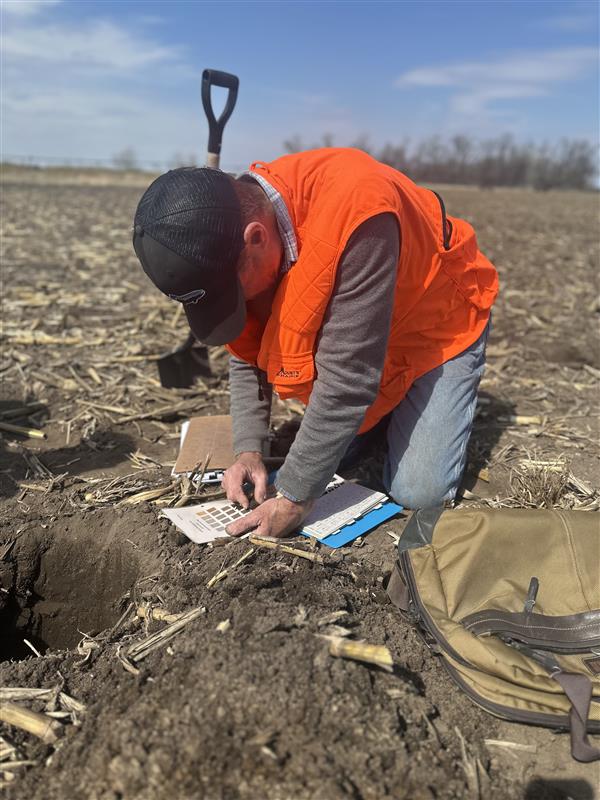
“It takes an all-hands-on-deck approach,” said James Hartsig, director of vegetation management at a global developer, owner and operator of clean energy solutions. “Early on in each solar project, we discuss, ‘What are the potential risks associated with these buildable areas?’”
Hartsig’s nine-person vegetation management team works with soil scientists, botanists, engineers and consultants to assess everything from topsoil depth to invasive species. On recent projects, Hartsig’s team has used GIS-based modeling platforms to map erosion and soil heath risk. One program, PV-IMPACTS (Integrated Mitigation Program for Assessment of Climate, Topography and Soils), assesses factors like rainfall erosivity, soil erodibility, slope gradient and organic matter content alongside additional regulatory and interrelated environmental inputs. It then creates custom-built erosion and soil health risk indexes to help developers make informed decisions.
“We’ve used GIS-based modeling programs to evaluate some of our more challenging sites in the arid West,” Hartsig said. “It gives us critical information on a micro-scale so we can pinpoint more accurate revegetation practices.”
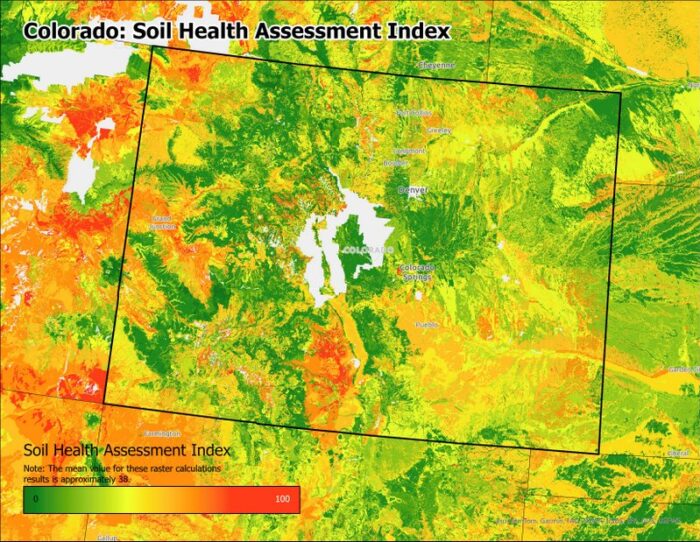
Photo credit: Profile Products
Environmental contractors like John Henry, president of JPH Enterprises, are often called in to fix problems. But Henry says the most successful projects are the ones where he’s involved from the beginning.
“Getting the data from that system in the early stages is a huge benefit to the industry. That will show you where your critical areas are,” Henry said. “Then you need to consult with an environmental contractor through the design phase. Often the focus is on the cost of the megawatt, or the electrical components, and they lose sight of the environmental scope and the costly implications that can come from it.”
Prevention: Creating an informed design
With the data collected during the prediction stage, stakeholders assess the issues and develop a preventive solution. Ideally, EPCs, developers and environmental contractors are all pulled into the design conversations, not just construction meetings.
“We try to get in as early as we can to offer as many ideas as we can. Sometimes we just aren’t given the opportunity,” said Henry. “We really try to stress that we’re going to give everybody a better project at a better cost if we can get in early and help establish the project. Because we have the civil knowledge.”
Hartsig said in the last few years, there’s been a shift to bring collaborators in to help during that design phase, and it’s proven to be the right strategy. Based on the information gathered in the prediction phase, Hartsig can then work with stakeholders to build a vegetation and soil management plan.
“We discuss this with our internal engineers, our external engineers, and we bring our EPCs into these conversations,” said Hartsig. “But we also involve erosion control experts so we can have a knowledgeable understanding of what’s going on in these areas. We regularly encourage our vegetation contractors, who have the equipment and expertise to plant seed on disturbed land, to be included on these projects to streamline vegetation objectives.”
Prescription: Implementing the Right Solution
The final step is prescription — employing the best management practices and customized product solutions that will establish long-term, sustainable vegetation utilizing the prediction phase and the informed design produced during prevention. If stakeholders can collaborate on selecting the right solutions, it doesn’t just lead to better environmental outcomes, it can also provide cost, labor and time savings.
“There are incredible resources available for solar developers to use when planning how to establish desired vegetation on these types of projects,” said Hartsig. “Whether those resources are with companies that can provide the most successful soil amendments and fertilizers or with vegetation contractors and their access to the equipment needed to implement those plans, vegetation objectives can be achieved when planning for success.”
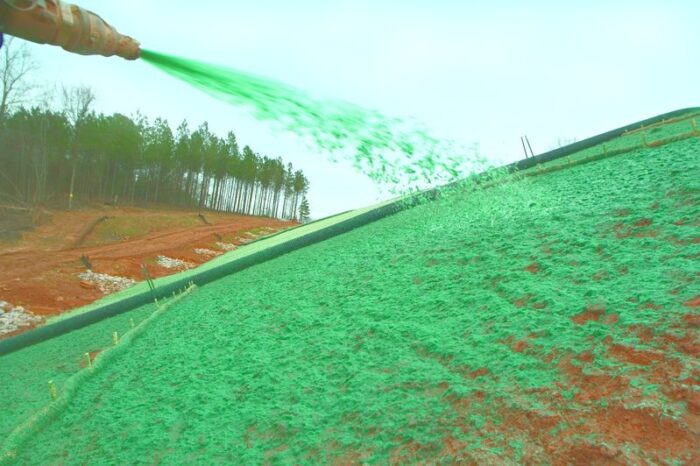
One of the most effective methods to establish sustainable vegetation is hydroseeding, a practice that involves applying a slurry of seeds, mulch, water and soil-enhancing technologies over large areas to temporarily stabilize the soil, improve soil health and promote rapid vegetation growth.
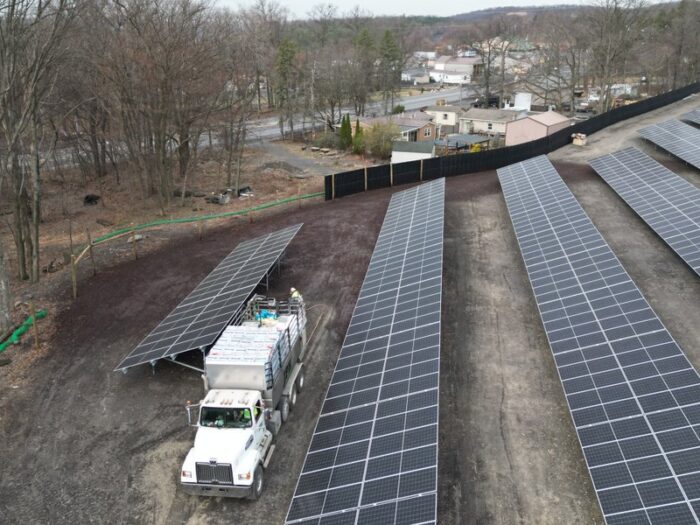
Henry explained how hydroseeding was used on a recent solar site in the Northeast that was built on an old coal mine. The site had very little topsoil, if any, and the cost to import would have put the project far over budget. Instead, he recommended a hydraulically applied biotic soil media plus erosion control product to ignite the nutrient cycling necessary to improve the soil health while locking down the seed and soil.
“Getting vegetation established in that area is very complicated,” he said. “But for having hardly any soil on this site, we got really good results when we hydroseeded with this all-in-one biotic soil and erosion control product.”
Early collaboration, lasting impact
When developers, EPCs and environmental contractors work together from day one, they’re able to build a successful site that meets regulatory compliance while being cost-effective.
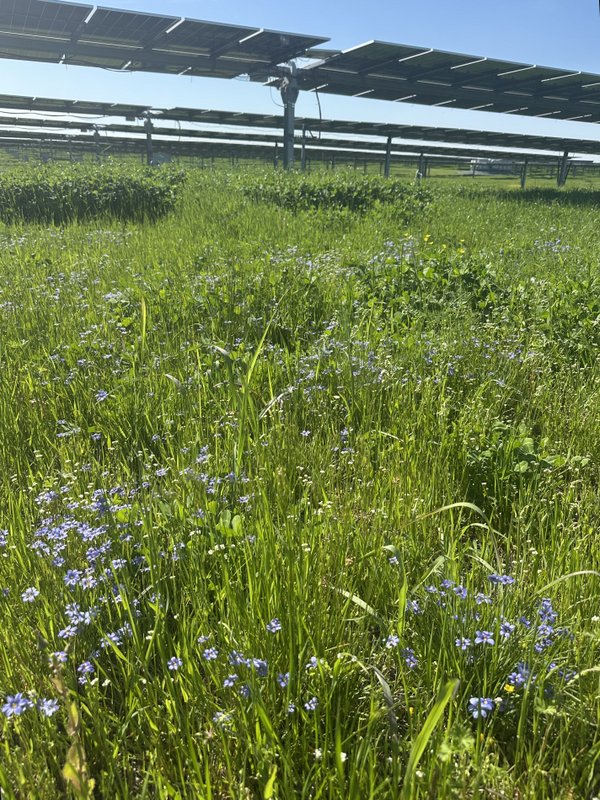
“We’ve worked closely with regulators across the country on our approach, and we’ve seen them support our methods,” Hartsig said. “These practices have shown to be very cost efficient with the amount of remedial seeding being reduced and the frequency of maintenance activities and operations being decreased.”
Alongside the environmental and financial benefits, Hartsig’s team has found that implementing the right vegetation management plan with informed decisions from all stakeholders has helped earn community trust.
“We’re demonstrating to communities and to landowners that we really care about land stewardship,” Hartsig said. “Our ultimate goal is to make sure that we are carrying out the community’s mission to keep their lands and soils fertile so that when the project is decommissioned, those fields will be even more productive for future generations.”
By engaging the right expertise from day one to develop predictive, preventative and prescriptive plans, solar project teams are showing that clean energy development can deliver long-term environmental and cost benefits.
Stephen MacShane is a market development manager at Profile Products.




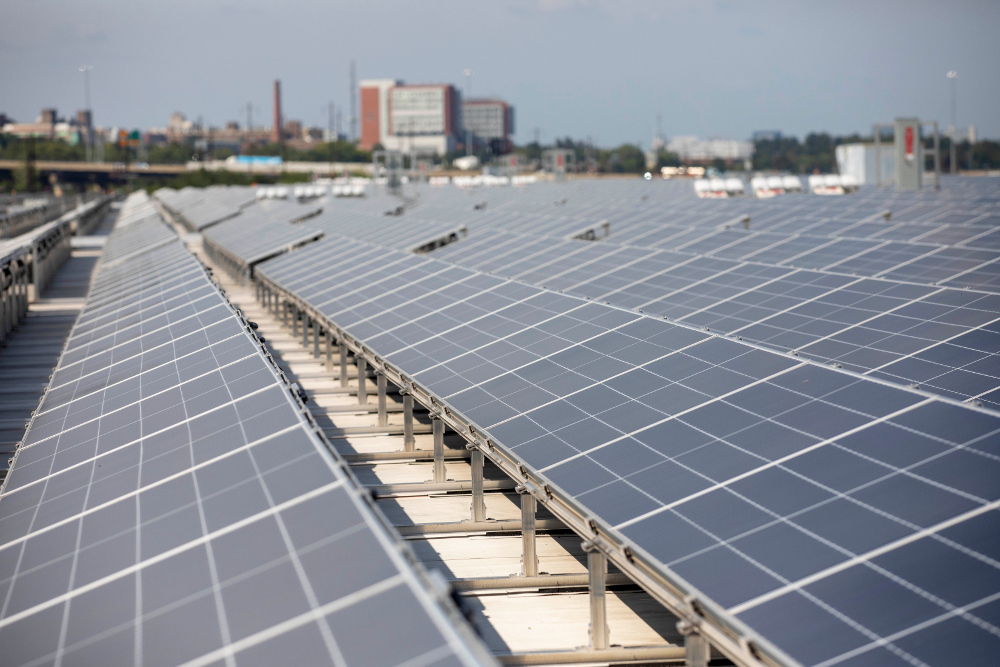
Comments are closed here.